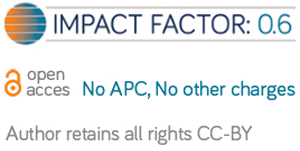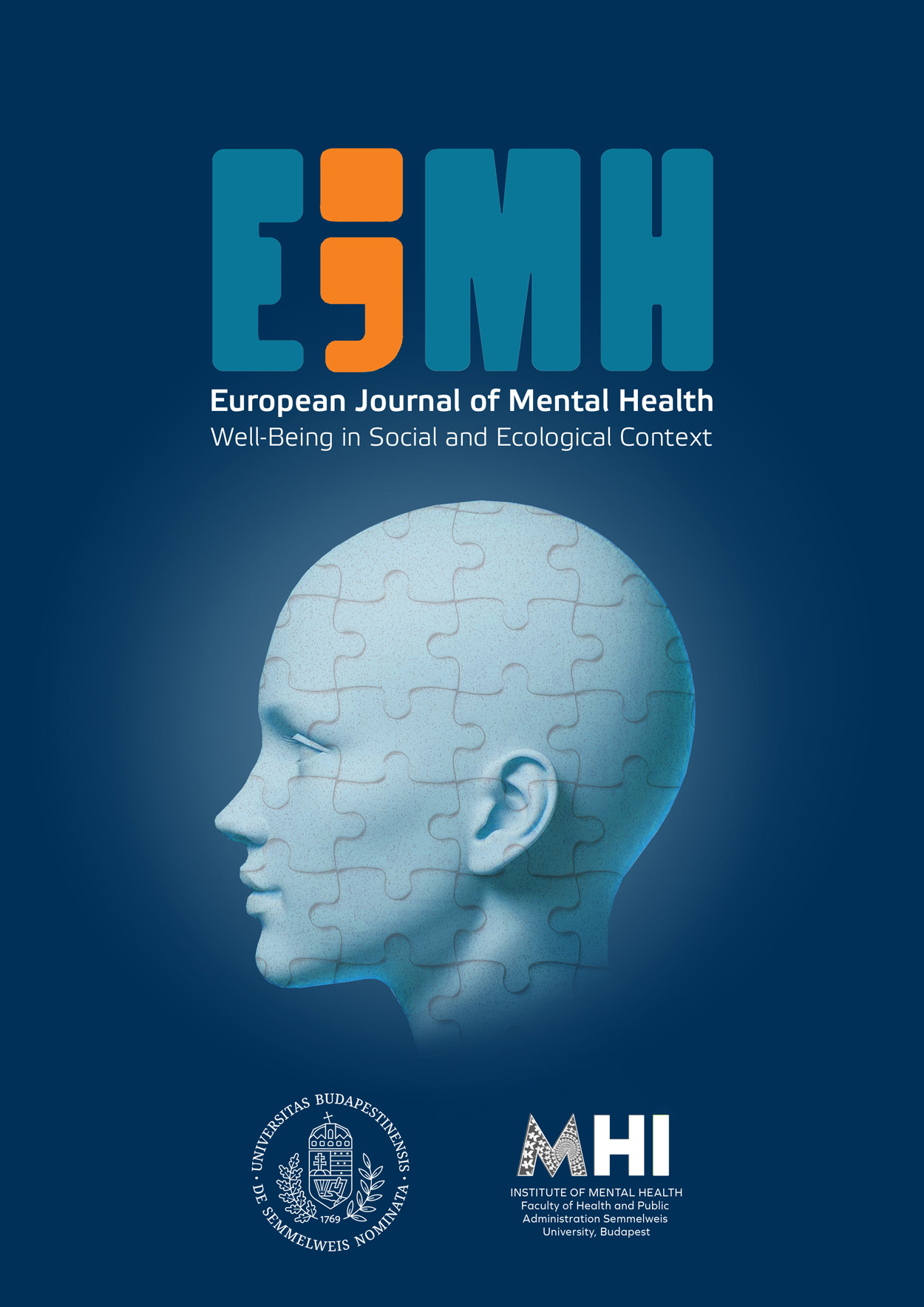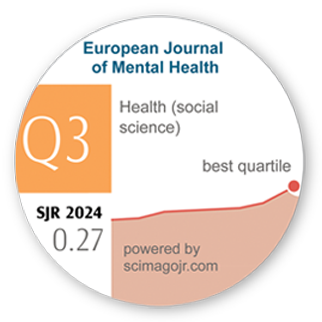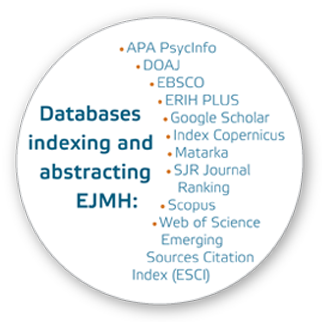Examination of Coping Strategies among On-Site Paramedics
DOI:
https://doi.org/10.5708/EJMH.16.2021.2.9Keywords:
coping, ambulances, paramedics, social demography, health behaviorsAbstract
The occurrence of physical and psychological symptoms that negatively influence everyday activities, efficient job performance, and professional patient treatment are common among paramedic workers.
Aim: We uncovered the characteristic coping strategies applied by on-site paramedics and searched for correlations between these strategies and demographic, socio-economic characteristics, as well as factors related to work, workplace, and health behaviours.
Sample and methodology: The survey was conducted between March 1, 2018, and February 28, 2019, among employees of the DG National Ambulance Service and participants of the Chamber of Hungarian Health Care Professionals. We used an abbreviated version of the Ways of Coping Questionnaire that contains 22 items (WOC-22). Descriptive statistics, independent samples T-tests, correlation calculations, analysis of variance with the Games-Howell post-hoc test were also carried out.
Results: Tension reduction was a more common coping strategy among female and/or single paramedics as well as also being characteristic of people who work as paramedic officers. Problem-oriented coping stood out as a characteristic of people who have a higher level of education and/or are more satisfied with their financial situation. Risk-seeking appears dominantly among those who are not religious and/or have a lower level of education.
Conclusions: Although paramedics are basically characterized by problem-oriented coping strategies, they quite often apply non-adaptive strategies as well; consequently, the chance of developing anxiety remains higher for them. Our aim is to use effective intervention methods for curbing the development of anxiety conditions among the ambulance personnel that have long-lasting negative effects on health care. To achieve this goal, we recommend including a questionnaire about coping strategies into the admission process of would-be paramedics; also, completing such questionnaires among the whole emergency workforce.






